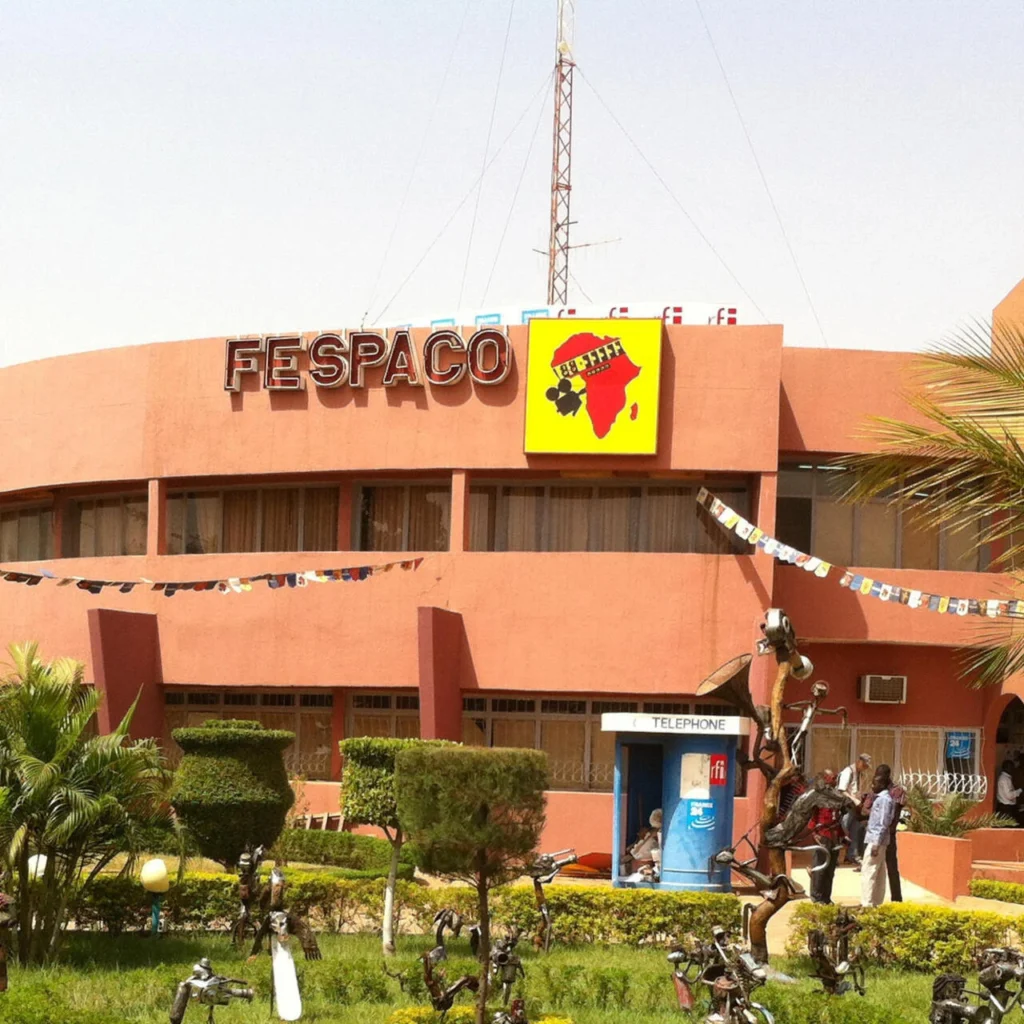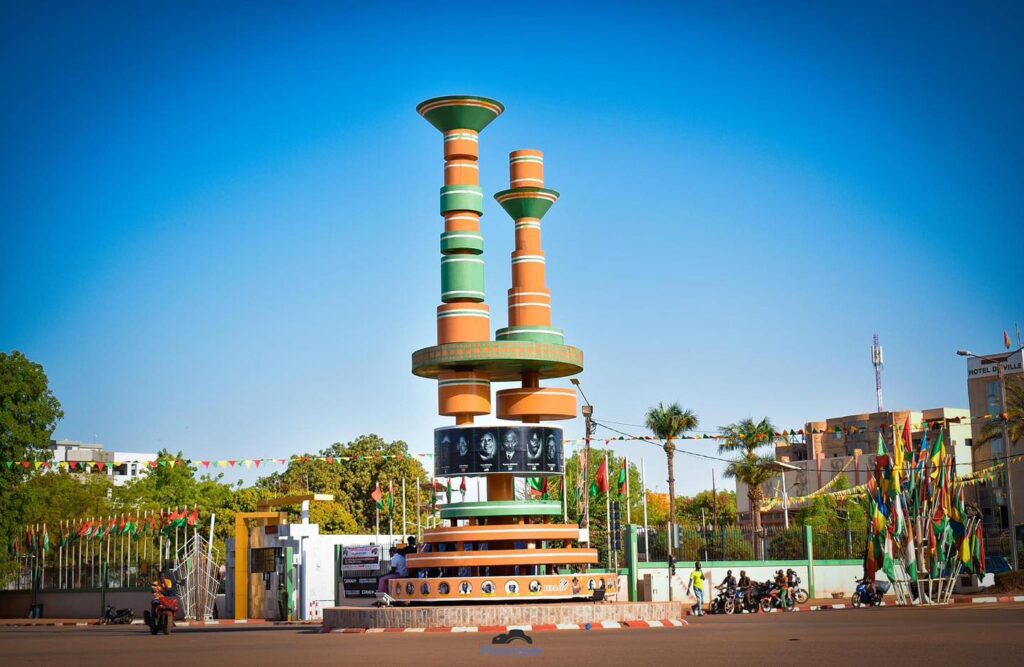There was a time when African cinema existed in a shadow too vast, cast by the overwhelming dominance of European and American film industries, which dictated narratives and industry standards. Yet, within this darkness, flames flickered—borne by fearless storytellers, men and women who, armed with cameras and conviction, refused to let Africa’s story be told solely by others.
It was within this fervor, this relentless quest for authentic representation, that the Panafrican Film and Television Festival of Ouagadougou (FESPACO) was born in 1969.
This festival is more than just a celebration of the seventh art—it is an act of resistance, a bold declaration of the legitimacy and vibrancy of African cinema. In the streets of Ouagadougou, with every new edition, passionate discussions echo among filmmakers questioning African identity, the stories they choose to tell, and the legacy of the griots transposed onto film.
FESPACO has given Africa a mirror—not one distorted by an external gaze, but one carefully shaped by African hands, capable of reflecting its joys and pains, its victories and struggles.
A cinema of truth and memory
There is a raw, poignant truth in African cinema, especially in the films that have emerged through FESPACO.
Filmmakers like Ousmane Sembène, often called “the father of African cinema,” understood that film could be more than entertainment—it could be a tool for social transformation.
In Xala, he exposed the hypocrisy of postcolonial elites; in Camp de Thiaroye, he unearthed the injustices inflicted on Senegalese tirailleurs, African soldiers who fought for France but were betrayed in return. These films did not merely tell stories; they demanded to be heard.
Others followed, broadening the spectrum of African narratives.
Gaston Kaboré, Souleymane Cissé, Safi Faye, Abderrahmane Sissako—each, in their own way, wielded the camera as an instrument of memory and resistance.
Without FESPACO, many of these films would never have found their audience, smothered by a global system unwilling to listen to African voices.
The golden age: myth or reality?
It is easy to speak of an African cinema “golden age” when reminiscing about the 1970s to the 1990s, a time of creative effervescence. But to call it a golden age suggests a peak followed by decline.
Yet, despite the challenges—lack of funding, inadequate distribution networks, the overwhelming influence of global streaming platforms—African cinema has never stopped evolving.
It has reinvented itself, embracing digital technology, adapting to new modes of consumption. Today, filmmakers like Mati Diop (Atlantics) and Wanuri Kahiu (Rafiki) remind the world that African cinema is not a relic of the past but a dynamic force that continues to grow.
By celebrating both the pioneers and the new generation, FESPACO reaffirms that Africa is still telling its own story, with the same fervor, the same boldness.
A legacy in motion
People often say that African cinema is one of resilience.
But perhaps it is more accurate to say it is a cinema of perpetual rebirth.
FESPACO has been—and remains—one of the epicenters of this renewal. It is not just a festival; it is a reminder that Africa is not merely an inspiration for other film industries—it is itself a continent of storytellers, a place where stories deserve to be seen and heard.
When the projectors light up in Ouagadougou, when applause erupts in packed theaters, it is not just the end of a film.
It is an African voice rising once again, affirming its right to exist.

